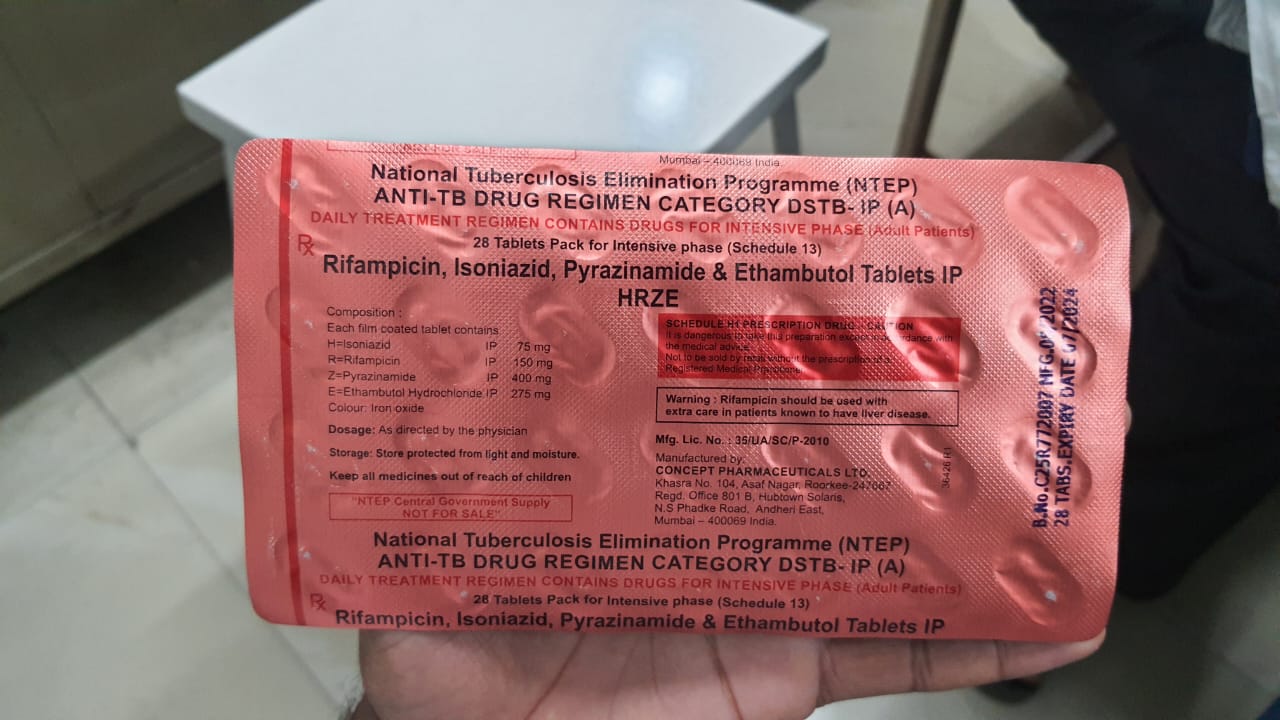|
Drug name |
Gene |
Mechanism of action |
Bacterio static/cidal |
Most common side effects |
|
Isoniazid (INH) |
• katG • oxyR • ahpC |
Inhibits synthesis of mycolic acid in the mycobacterial cell wall |
Bactericidal |
• Hepatitis • Peripheral neuropathy |
|
Rifampin (RIF) |
• rpoB |
Inhibits DNA-dependent RNA polymerase |
Bactericidal |
• Hepatotoxicity • Orange-red discoloration of body fluids • Gastrointestinal disturbances |
|
Pyrazinamide (PZA) |
• pncA |
Disrupts mycobacterial cell membrane metabolism and transport functions |
Bactericidal |
• Hepatotoxicity • Hyperuricemia (gout) • Arthralgia (joint pain) |
|
Ethambutol (EMB) |
• embCAB |
Inhibits arabinosyl transferase, affecting cell wall synthesis |
Bacteriostatic |
• Optic neuritis (visual • Hyperuricemia |
|
Streptomycin |
• rpsL • rrs |
Inhibits protein synthesis by binding to the 30s ribosomal subunit. |
Bactericidal |
• Ototoxicity (hearing loss) • Vestibular toxicity • Nephrotoxicity |
|
Fluoroquinolone (FQ) |
• gyrA |
Inhibit DNA gyrase (DNA replication) |
- |
- |
|
Drug |
Dose |
|
H - Isoniazid |
75 mg |
|
R - Rifampicin |
150 mg |
|
Z - Pyrazinamide |
400 mg |
|
E - Ethambutol |
275 mg |
 Figure- Antitubercular drugs (NTEP)
Figure- Antitubercular drugs (NTEP)